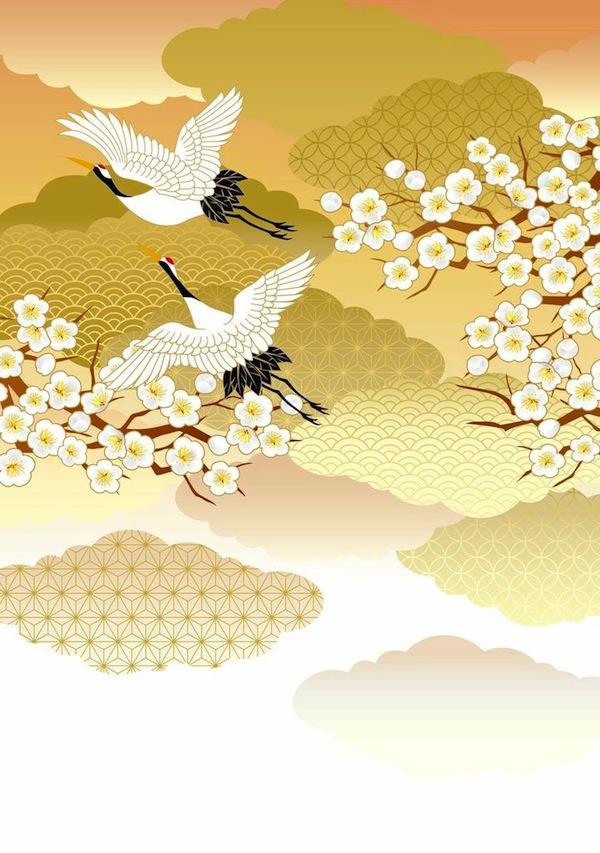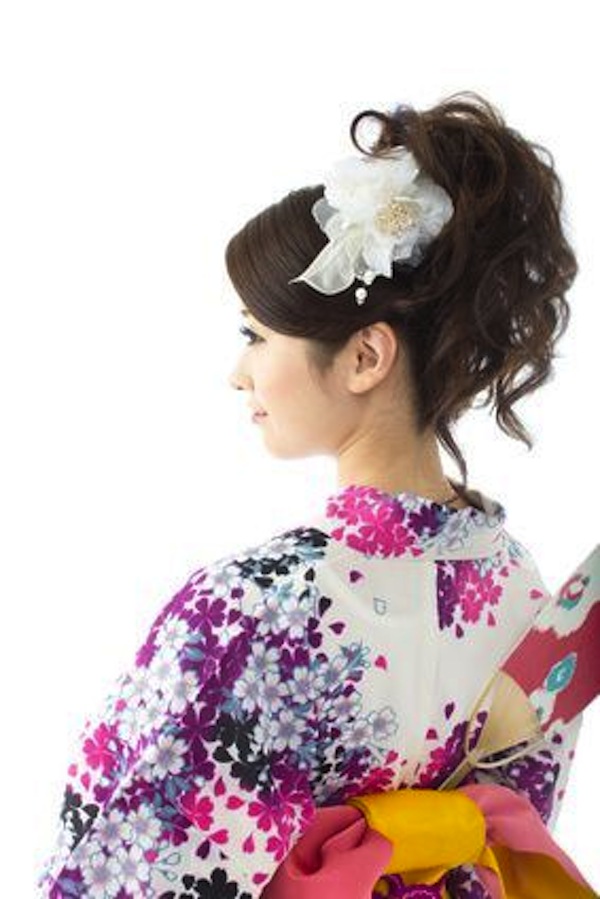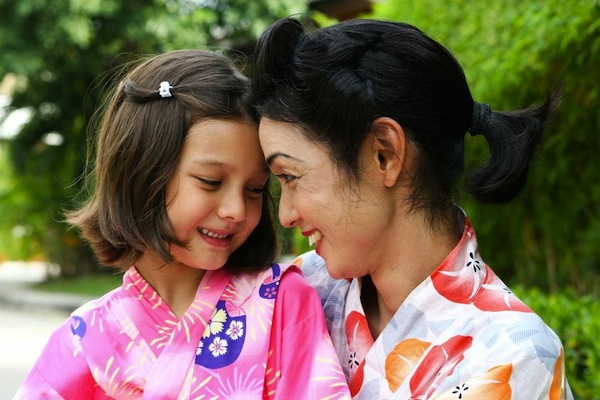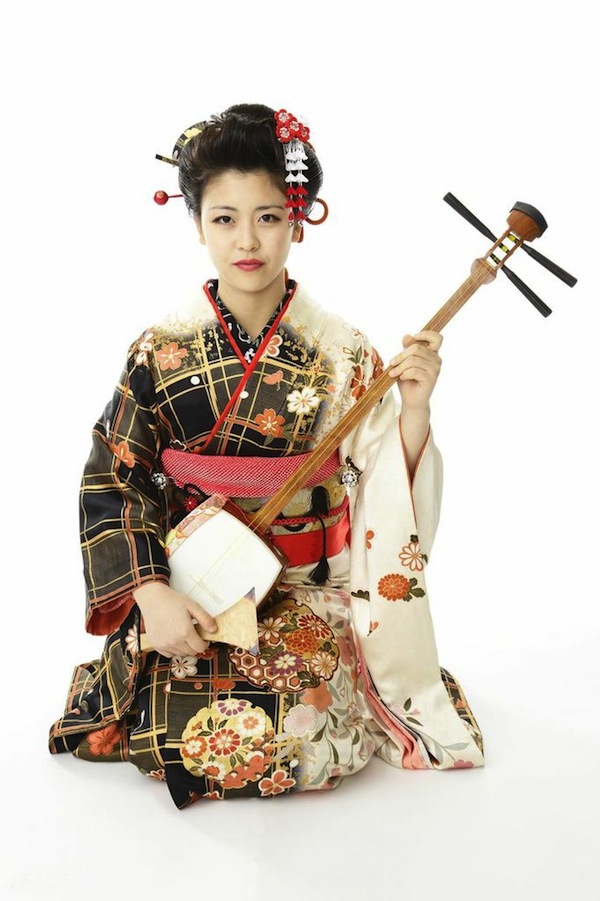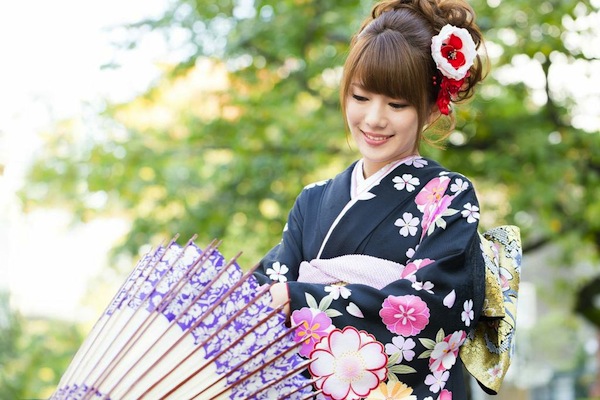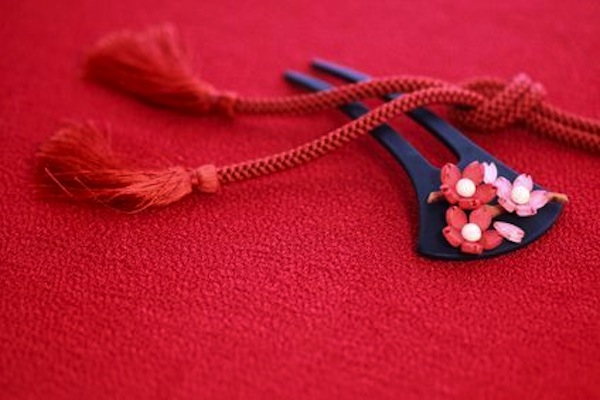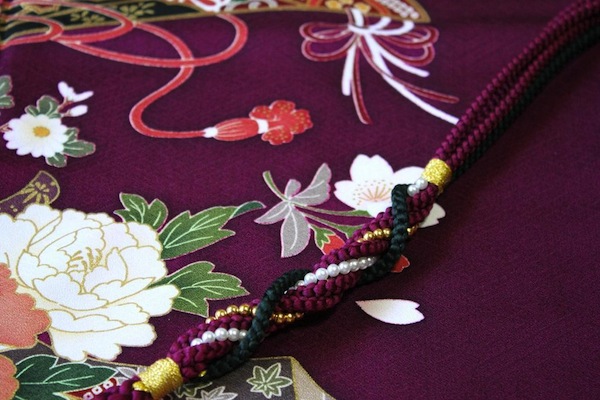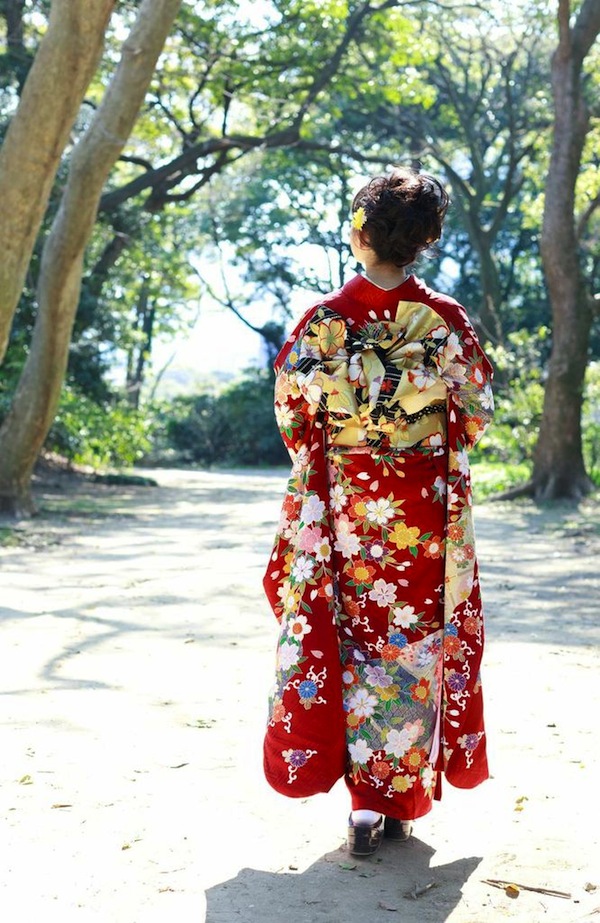
Airing clothes
Kimono will give you long use as long as you dry it in the sun once in a year. This work is called “Mushiboshi”.
You air clothes in order to prevent mildew including chrysalises and eggs and to remove moisture. This work is conducted normally in the dry season. We aired clothing in the dog-days in the old days. However, in this season, the weather is unsettled and very humid. Therefore, though it depends on the regions, winter is suitable to conduct mushiboshi. When you air kimono, it is much better to air it within doors, or kimono would be weathered by the sun and wind, so pecial care should be taken on this point. If possible, it might be better to use a bomboo hanger on which to hang kimono one by one. If you have no enough room, it also works to open wrapping paper and put kimono with folded. And do not forget to check if there is any worm-eaten peaches or not before you tidy it up. You can air it for four hours arund noon.
If you can not do it nohow, you also can leave the closet open and ventilate there.
You need not to conduct mushiboshi the kimono which you often wear as long as you dry it soon after you use it.

